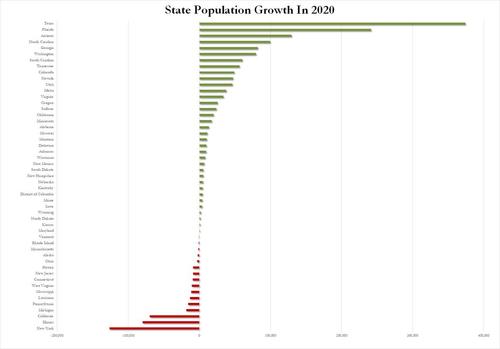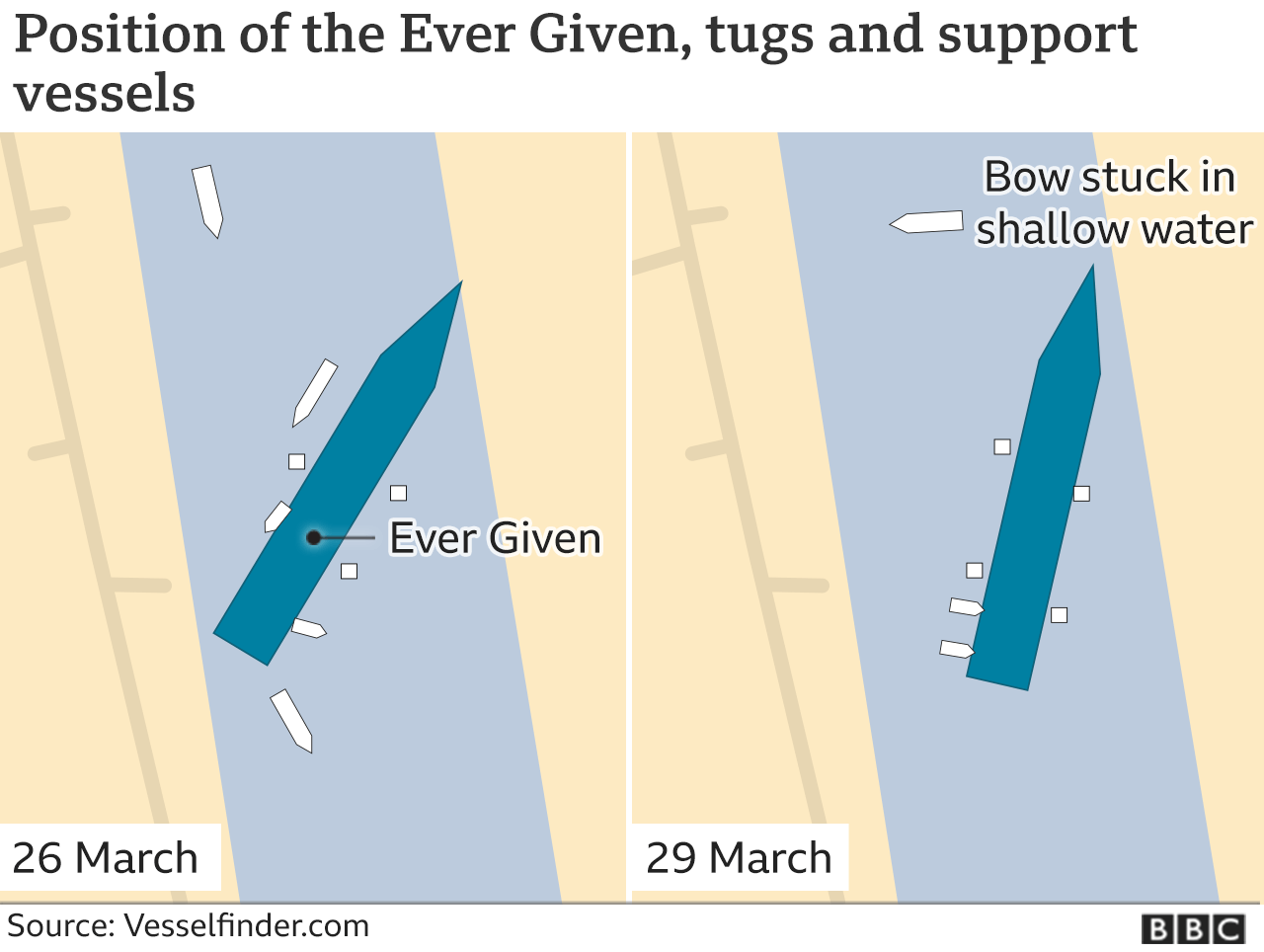A semiconductor shortage has been plaguing the automobile industry for several months, and this piece explains why:
To understand why the $450 billion semiconductor industry has lurched into crisis, a helpful place to start is a one-dollar part called a display driver.
Correction: The semiconductor industry itself isn’t in crisis, it’s making money hand-over-fist right now. It’s certain industries relying on semiconductors that have the problem.
Hundreds of different kinds of chips make up the global silicon industry, with the flashiest ones from Qualcomm Inc. and Intel Corp. going for $100 apiece to more than $1,000. Those run powerful computers or the shiny smartphone in your pocket. A display driver is mundane by contrast: Its sole purpose is to convey basic instructions for illuminating the screen on your phone, monitor or navigation system.
The trouble for the chip industry — and increasingly companies beyond tech, like automakers — is that there aren’t enough display drivers to go around. Firms that make them can’t keep up with surging demand so prices are spiking. That’s contributing to short supplies and increasing costs for liquid crystal display panels, essential components for making televisions and laptops, as well as cars, airplanes and high-end refrigerators.
“It’s not like you can just make do. If you have everything else, but you don’t have a display driver, then you can’t build your product,” says Stacy Rasgon, who covers the semiconductor industry for Sanford C. Bernstein.
Now the crunch in a handful of such seemingly insignificant parts — power management chips are also in short supply, for example — is cascading through the global economy. Automakers like Ford Motor Co., Nissan Motor Co. and Volkswagen AG have already scaled back production, leading to estimates for more than $60 billion in lost revenue for the industry this year.
A bit of background here: Back in the dim mists of time, some major car manufacturers used to have their own captive wafer fabrication plants for automotive components. They were more art-of-the-state than state-of-the-art, as well as heavily unionized. (Your etch machine broke? Better figure out whether you need the union plumber or the union electrician to fix it…) GM shut down their last semiconductor plan in Kokomo, Indiana (which I think was running a 500 nanomemter process, which was beyond old even then) in 2017.
The situation is likely to get worse before it gets better. A rare winter storm in Texas knocked out swaths of U.S. production. A fire at a key Japan factory will shut the facility for a month. Samsung Electronics Co. warned of a “serious imbalance” in the industry, while Taiwan Semiconductor Manufacturing Co. said it can’t keep up with demand despite running factories at more than 100% of capacity.
“I have never seen anything like this in the past 20 years since our company’s founding,” said Jordan Wu, co-founder and chief executive officer of Himax Technologies Co., a leading supplier of display drivers. “Every application is short of chips.”
The chip crunch was born out of an understandable miscalculation as the coronavirus pandemic hit last year. When Covid-19 began spreading from China to the rest of the world, many companies anticipated people would cut back as times got tough.
“I slashed all my projections. I was using the financial crisis as the model,” says Rasgon. “But demand was just really resilient.”
People stuck at home started buying technology — and then kept buying. They purchased better computers and bigger displays so they could work remotely. They got their kids new laptops for distance learning. They scooped up 4K televisions, game consoles, milk frothers, air fryers and immersion blenders to make life under quarantine more palatable. The pandemic turned into an extended Black Friday onlinepalooza.
Automakers were blindsided. They shut factories during the lockdown while demand crashed because no one could get to showrooms. They told suppliers to stop shipping components, including the chips that are increasingly essential for cars.
Then late last year, demand began to pick up. People wanted to get out and they didn’t want to use public transportation. Automakers reopened factories and went hat in hand to chipmakers like TSMC and Samsung. Their response? Back of the line. They couldn’t make chips fast enough for their still-loyal customers.
Here’s the crux of the problem:
Wu explained that he can’t make more display drivers by pushing his workforce harder. Himax designs display drivers and then has them manufactured at a foundry like TSMC or United Microelectronics Corp. His chips are made on what’s artfully called “mature node” technology, equipment at least a couple generations behind the cutting-edge processes. These machines etch lines in silicon at a width of 16 nanometers or more, compared with 5 nanometers for high-end chips.
The bottleneck is that these mature chip-making lines are running flat out. Wu says the pandemic drove such strong demand that manufacturing partners can’t make enough display drivers for all the panels that go into computers, televisions and game consoles — plus all the new products that companies are putting screens into, like refrigerators, smart thermometers and car-entertainment systems.
There’s been a particular squeeze in driver ICs for automotive systems because they’re usually made on 8-inch silicon wafers, rather than more advanced 12-inch wafers. Sumco Corp., one of the leading wafer manufacturers, reported production capacity for 8-inch equipment lines was about 5,000 wafers a month in 2020 — less than it was in 2017.
Hell, there are people still running some four inch fab lines out there, though usually it’s for something funky like gallium arsenide, old analog signal processes, etc.
The problem is, no one is building any new capacity in those old geometries because fabs are too expensive to build and need 2-3 years of lead time to get up and running. Moore’s second law states that the cost of a new, cutting edge semiconductor plant doubles every four years. You can’t just take an existing building and turn it into a fab, it has to be specially built from the ground up with exacting standards for cleanroom air filtering, concrete slab level uniformity, etc. And equipment manufacturers like Applied Materials and LAM Research aren’t going to sell you old technology machines to build older geometry chips because they’re not making them anymore. And if you have to pay full price for the equipment, you might as well fab higher-value chips in current geometries anyway.
TSMC is already spending $100 billion for expanded manufacturing capacity over the next three years, and Intel another $20 billion. That spiraling fab cost is why so many former integrated device manufacturers went to a fabless model, designing chips but letting the manufacturing be handled by foundries like TSMC, UMC and Global Foundries. (And Intel is expanding their own foundry business at the same time they’re paying TSMC to fab some of their top-end chips. You can’t tell the players without a scorecard…)
The other problem is the extremely cyclical nature of the semiconductor industry. In booms, fabs make money hand over fist. During busts, some segments (like RAM) barely break even. The foundry model has smoothed the spikes out somewhat, but as the current shortage shows, not entirely.
Just-In-Time delivery was one of the great disruptive business innovations. Leaner, more tightly-coupled computerized inventory lead to decreases in unused parts and faster times to market. But when there’s a hiccup in the supply chain, it makes it more immediately disruptive. It’s hard to obtain additional semiconductor parts if everyone’s fab is already at full capacity, so expect shortages to extend into the year.


